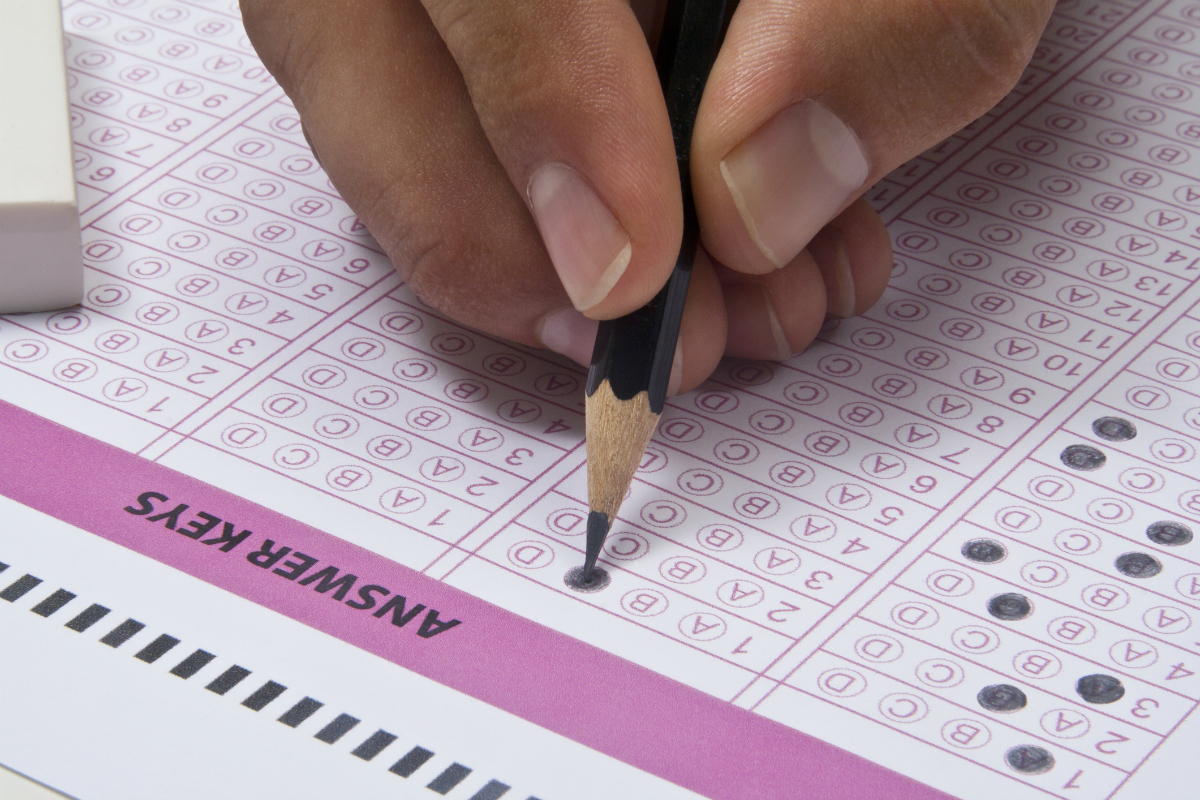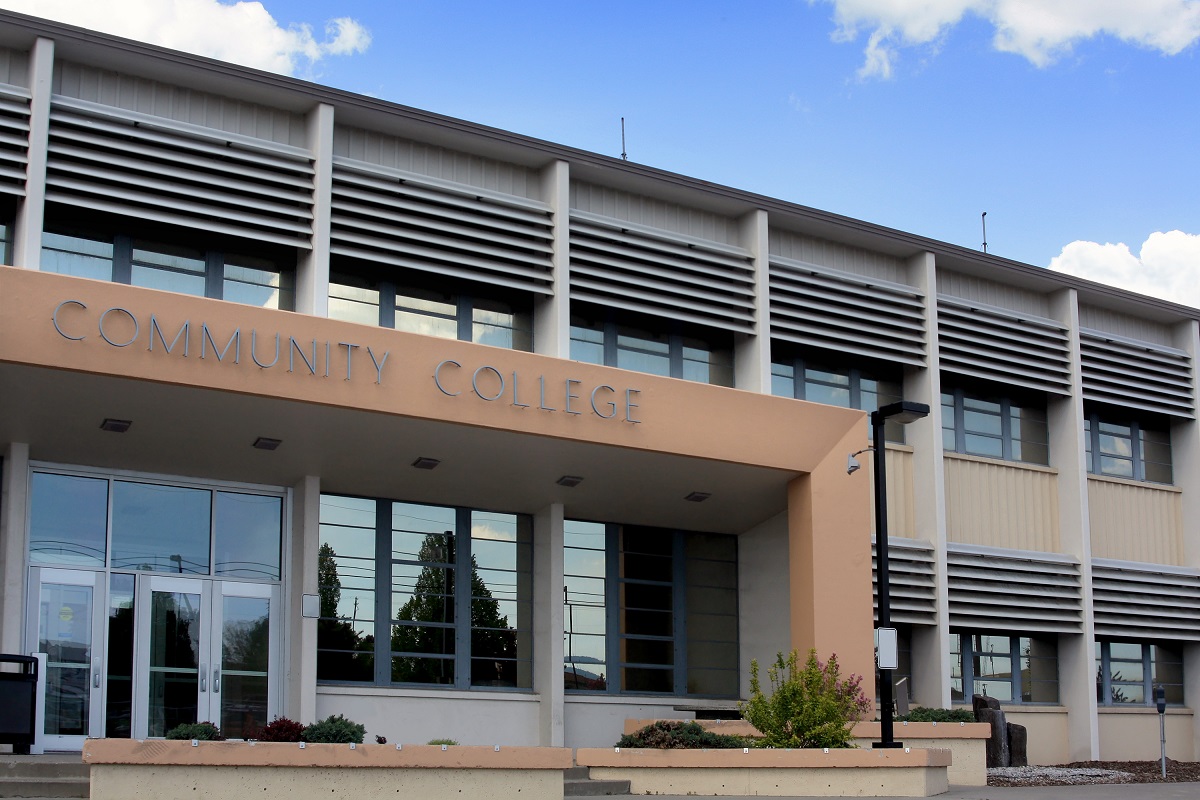The 2023–24 scores for statewide English language arts (ELA), math and science assessments published by the California Department of Education (CDE) on Oct. 10 show little improvement or decline in most student groups compared to the previous year.
Read a statement from CSBA CEO & Executive Director Vernon M. Billy »
California Assessment of Student Performance and Progress results, which represent students in grades 3-8 and 11 for math and ELA and grades 5, 8 and 10-12 for science, show that 47 percent of students met or exceeded the standard for ELA — a very slight uptick from 46.7 percent in 2022–23 academic year — and 35.5 percent met or exceeded math standards — up from 34.6 percent. The rate of students meeting or exceeding science standards increased slightly from 30.2 percent in 2022–23 to 30.7 percent this year.
The rates of students who almost met or did not meet the standard in the subjects also stayed stagnant. In both years, 31 percent of students did not meet the ELA standard, and 22 percent nearly met it. For math, 41 percent did not meet the standard. The rate of those who almost met the math standard was 24 percent. In science, roughly 15 percent of students didn’t meet the standard and 54 percent nearly did.
Student performance has yet to rebound to pre-pandemic levels in ELA or math, but has regained footing in science. In 2018–19, 51 percent of test takers met or exceeded ELA standards (4 percentage points higher than 2023–24) and almost 40 percent met or exceeded math standards (also 4 percentage points higher than 2023–24). The rate of students who met or exceeded science standards remained at 30 percent, as it was in 2018–19.
Performance by student group
By grade level, the rates of students meeting or exceeding standards typically fluctuated within 1 percentage point year-over-year in math, ELA and science, however, fifth and eighth graders saw slight improvements in math (from 33 to 35 percent and 30 to 32 percent, respectively). Sixth graders saw similar gains in ELA (from 44 percent to 46 percent).
Student performance for African American, Latino, Native American and low-income students lag far behind those of their peers. In 2024, just 30.3 percent of African American students, 36.8 percent of Latino, 33.3 percent of Native American students and 36.8 percent of low-income students met grade level in ELA. For math, the results were even more dismal: 17.75 percent of African American students, 23.7 percent of Latino students, 22.5 percent of Native American students and 24.9 percent of low-income students reached the standard.
The rate of socioeconomically disadvantaged students meeting or exceeding math standards increased from 23 to 25 percent, ELA from 35 to 37 percent and science from 19 to 21 percent. This is notable as this population continues to increase year-over-year.
According to the CDE, “Black/African American and Hispanic/Latino students showed positive score trends in mathematics across all grades. Black/African American students in grade three had the highest increases compared to Black/African American students in other grades. Hispanic/Latino students in grade six saw the greatest improvement in ELA compared to Hispanic/Latino students in other grades.”
Additionally, “Mean scale scores for foster youth students increased in ELA at grades three, six, eight, and 11, in mathematics at grades three, six, eight, and 11, and in science at grade eight and high school, compared to the previous year,” according to the agency.
Local educational agencies
The data can be broken down by county, district and individual school, as well as school type (charter and non-charter).
The efforts of some local educational agencies have led to significant increases in students’ academic outcomes post-pandemic and can serve as an example of how others can accelerate progress locally. In their press release, CDE highlighted the efforts and programs five school districts that saw exceptional gains.
For example, Benecia Unified School District has been able to raise the rate of students meeting or exceeding math standards by almost 8 percentage points by providing districtwide professional development and an instructional coach in math, according to the CDE release.
Compton USD, Fallbrook Union Elementary School District, Los Angeles USD and Santa Maria Joint Union High School District managed to boost math and ELA performance through methods such as offering in-class and after-school tutors and coaches, expanded learning opportunities and promoting positive school climates.





